
How do professors check for AI? Can they tell if you used ChatGPT? With AI writing tools like ChatGPT, Claude, and Gemini everywhere, it’s tempting to lean on them for everything from essays to assignments.
But here’s the catch: teachers are catching on. This guide breaks down how educators detect AI writing, why they do it, and how students adapt to avoid getting flagged.
Professors are wise. They’re responding to a significant change in how students consume and complete work. AI tools can spit out full essays in seconds, and that is why schools are tightening up.
In short, detecting AI isn’t about punishment; it’s about maintaining the value of education.
So, how do professors check for AI in assignments today? It’s not just about running your paper through a single tool. Teachers are relying on a mix of software, intuition, and old-school techniques.
Professors are turning to AI detection tools like Turnitin, GPTZero, and Winston AI to help spot AI-written content in student submissions. With tools like ChatGPT and Claude becoming common in classrooms, educators are using these platforms to flag inconsistencies, check writing patterns, and uphold academic standards. While there are plenty of detectors out there, these are the ones teachers rely on the most.
Originality AI is well-liked in the publishing and SEO industries, where precision is essential, due to its remarkable accuracy of up to 99%. It has plagiarism detection and is very good at differentiating between text produced by AI and human authors.
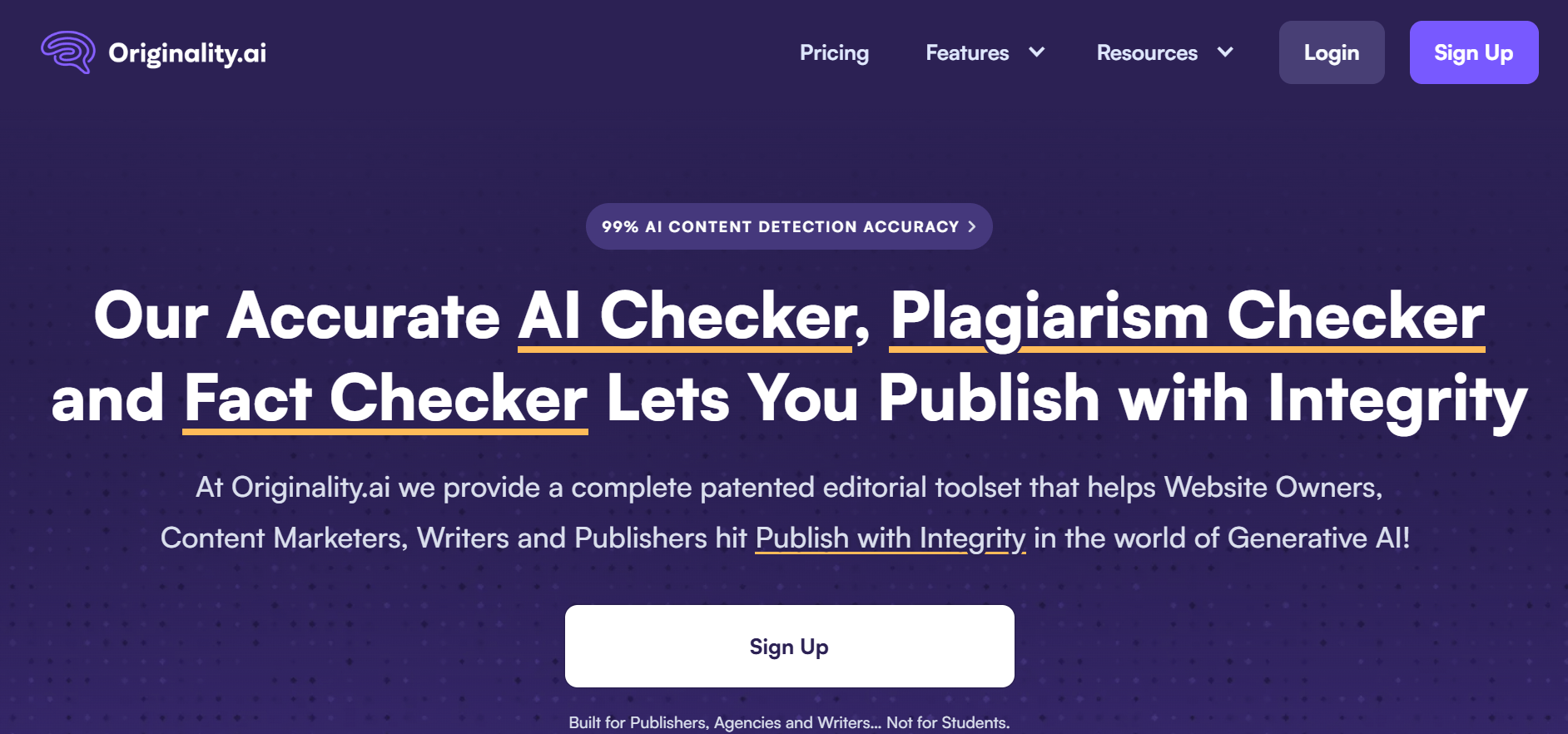
Originality AI Detectors Tool Interface
Designed especially for teachers, Winston AI supports many languages and identifies AI-generated text in different formats. This tool is also remarkable for its capacity to identify text buried in images and PDFs, therefore enabling it to manage papers submitted in non-text formats.
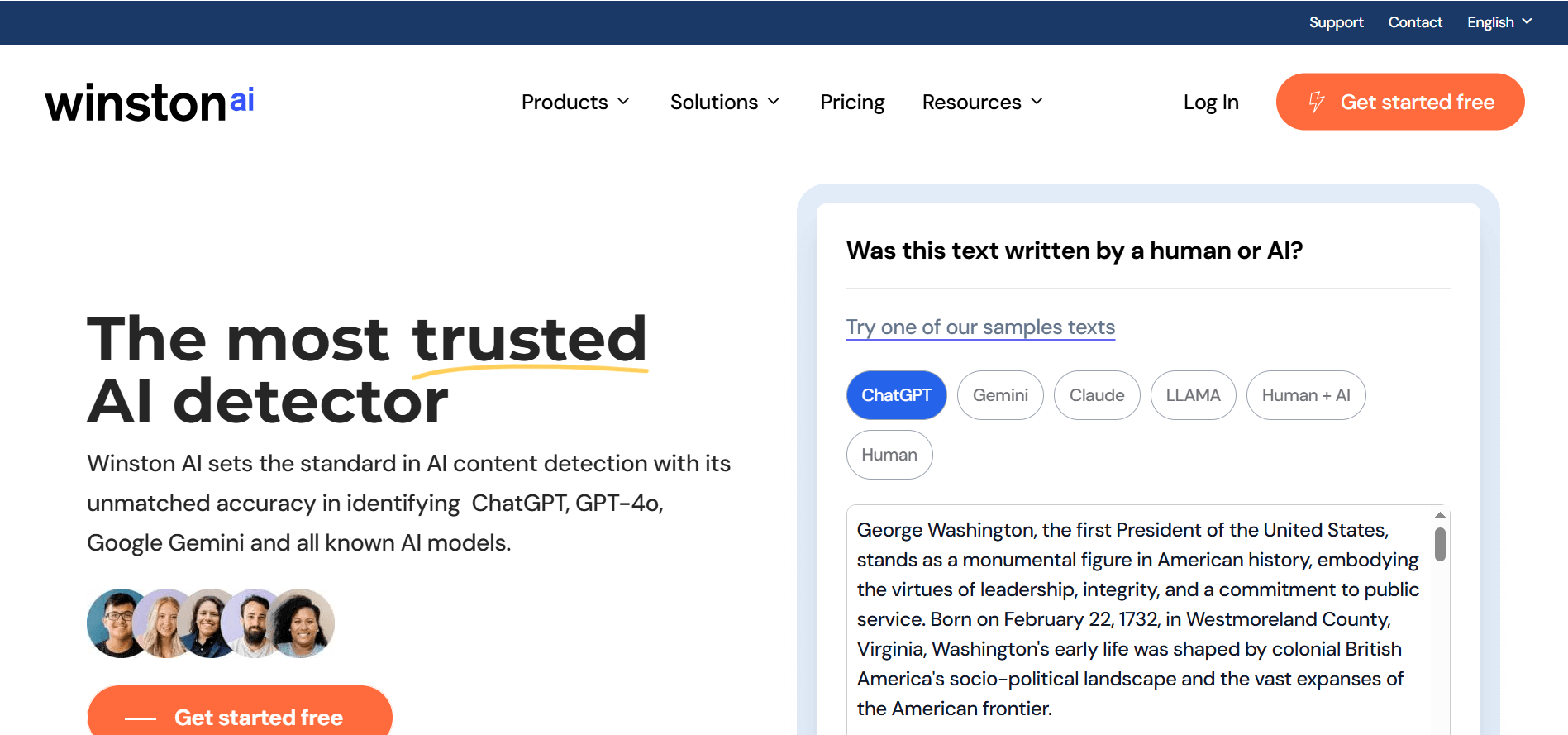
Winston AI Detector Homepage
Turnitin is widely used in schools and integrates seamlessly with its well-known plagiarism platform. While Turnitin is effective at identifying AI-generated text, it may return false positives on short or non-academic writing. It works best on formal essays and structured assignments, but can miss subtleties that more specialized tools might catch.
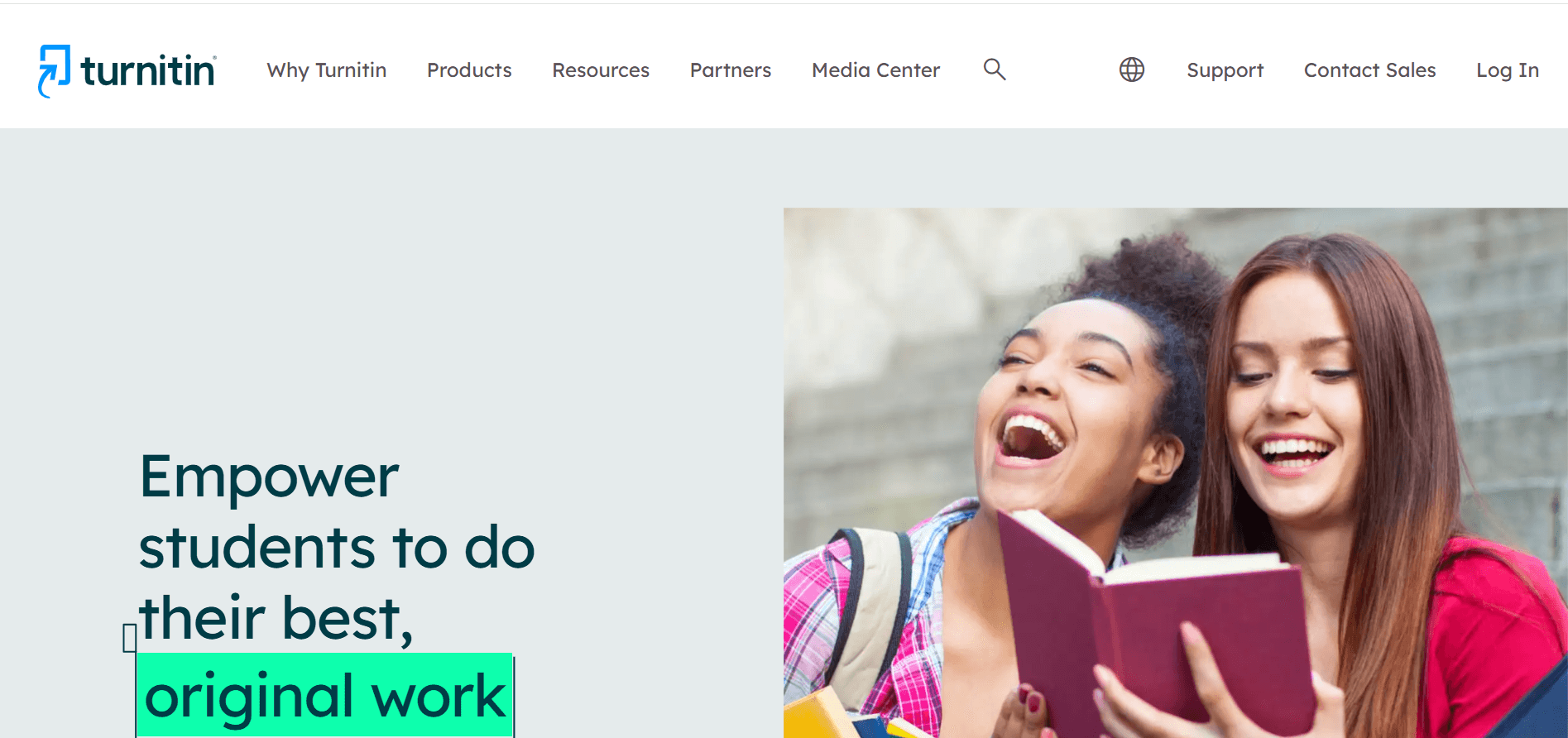
Turnitin’s AI Detector Homepage
Professors also check for AI by comparing your current work with previous assignments. A sudden shift in tone, vocabulary, or syntax in your writing can raise a red flag. Some professors store copies of all previous assignments to run side-by-side comparisons.
Essays produced by AI often reference bogus or off-point sources. If a professor does see some suspicious citations or a formatting job that doesn’t seem to be consistent with your usual work, they will investigate further. Some even check if the sources exist.
Understanding how professors look for AI means understanding that it’s a combination of technology and human insight rather than a single tool.
You may be interested in: Do Colleges Check for AI in Application Essays in 2025?
Whether you’re using AI to brainstorm or build out rough drafts, here’s how to stay under the radar and keep your work authentic.
Even the best AI detectors can get it wrong. Some flag human writing as AI, and others miss AI content completely. If you do use AI as a helper, always double-check how the final version sounds and flows.
Raw AI text sounds robotic—too polished, too generic. Add your voice. Include real class references, personal experiences, or opinions that only you would know. This is one of the best ways to make sure your writing doesn’t raise suspicion.
When it comes to making AI-generated content feel more authentic, the next step is to focus on naturalizing the tone and style of the text. Use tools like Undetectable AI or StealthWriter to rewrite the content. These tools adjust sentence rhythm, structure, and phrasing to mimic human style and pass most detectors.
Step 1: Test the Original AI Content
First, take your AI-generated content (for example, a passage created by ChatGPT) and test it using a free AI detection tool like Winston AI or Originality AI.
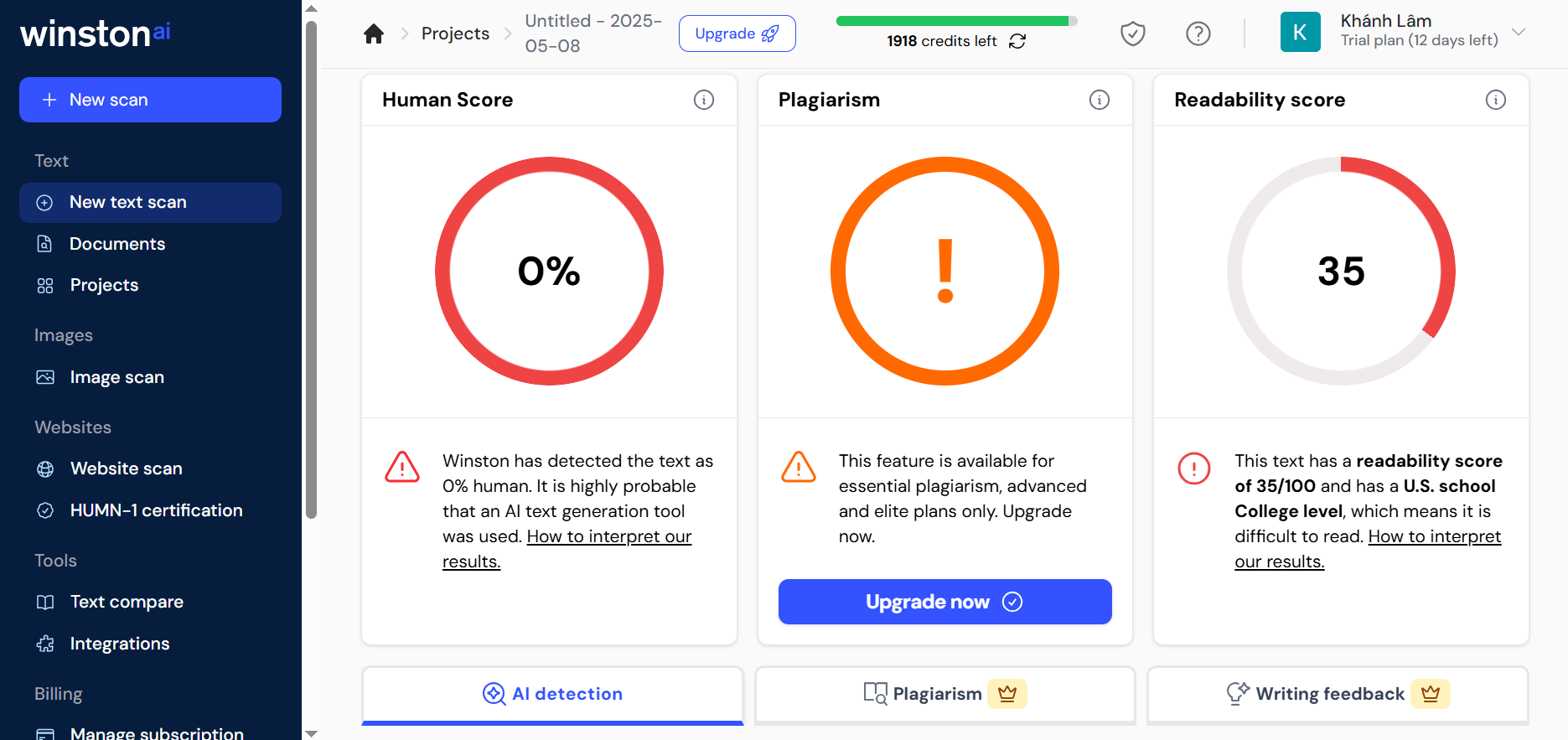
Testing AI Content
Step 2: Rewrite the Content Using StealthWriter
Next, use StealthWriter to rewrite the content. This tool helps adjust sentence structure, phrasing, and tone to mimic a more human writing style, making the content harder to detect as AI.

Transform AI-generated text to sound more natural with StealthWriter
Step 3: Test the Rewritten Content Again
Now, take the rewritten content and test it again using the same AI detector tool you used in Step 1 (Winston AI or Originality AI). Compare the results to see how much improvement you’ve achieved.
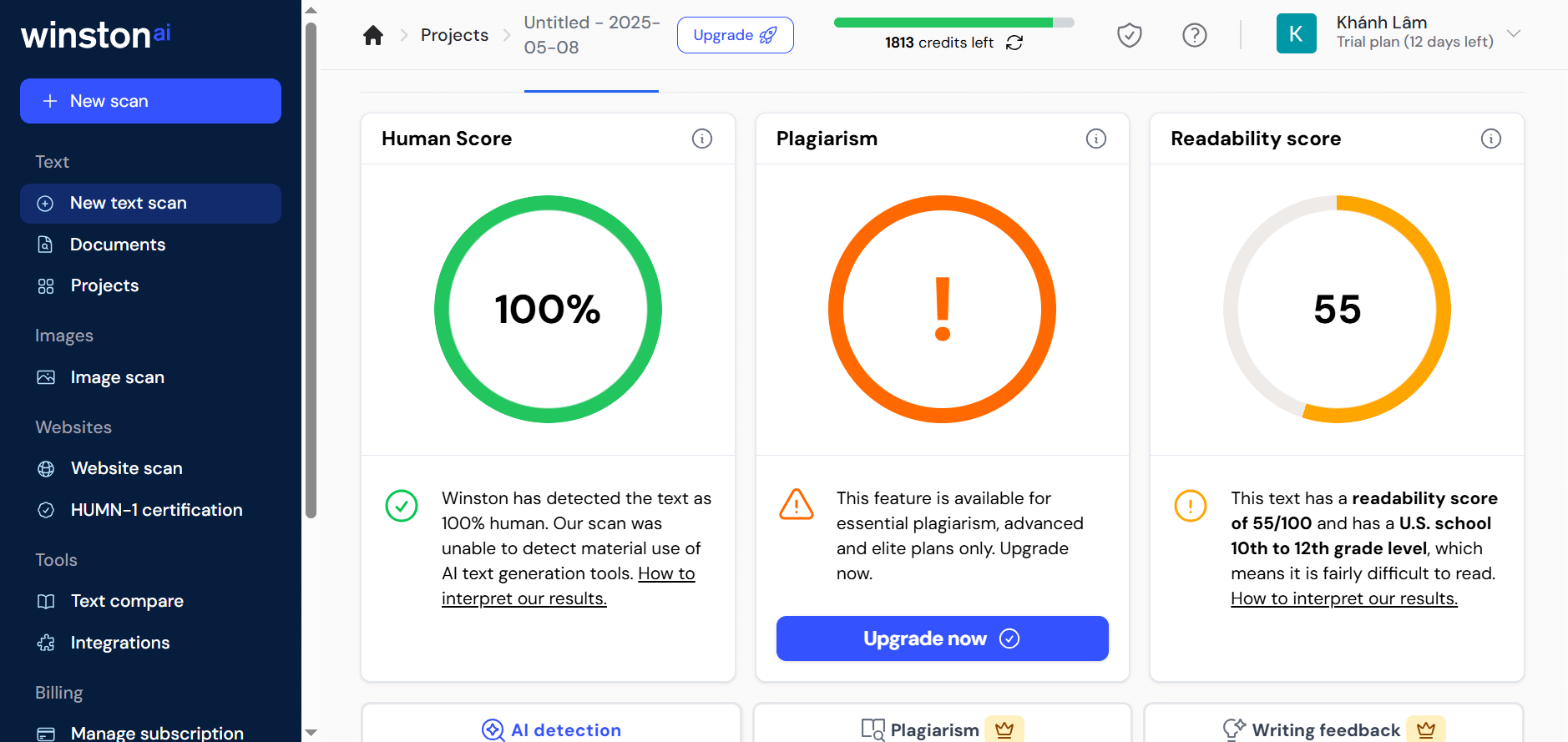
Recheck the modified content using the AI detection tool
AI writing often sticks to predictable patterns. Break that up. Use short, punchy lines next to longer, more thoughtful ones. Read your paper aloud—it should sound like you, not a machine.
Bottom line? If you’re going to use AI at all, make sure the final product reflects your own thinking and effort.
So, how do professors check for AI? They use more than just detection tools—they analyse your writing style, fact-check your sources, and apply their own judgment. Tools like Turnitin, Winston AI, and Originality AI are powerful but not perfect.
For students, the takeaway is clear: don’t rely on AI to do all the work. If you do use it, make sure your voice shines through. Keep your writing honest, informed, and uniquely yours.
Want to explore more on AI detection tools or tips for ethical AI use in schoolwork? We’ve got more deep dives coming up.
They use AI detection software like Turnitin, Originality AI, and Winston AI. They also manually review writing style and sources.
Some rely purely on pattern recognition—looking for unnatural transitions, perfect grammar, or generic phrasing that doesn’t match a student’s past work.
It’s possible, especially if rewritten and personalized. But nothing is foolproof. The safest route is always using AI as a tool, not a replacement.

